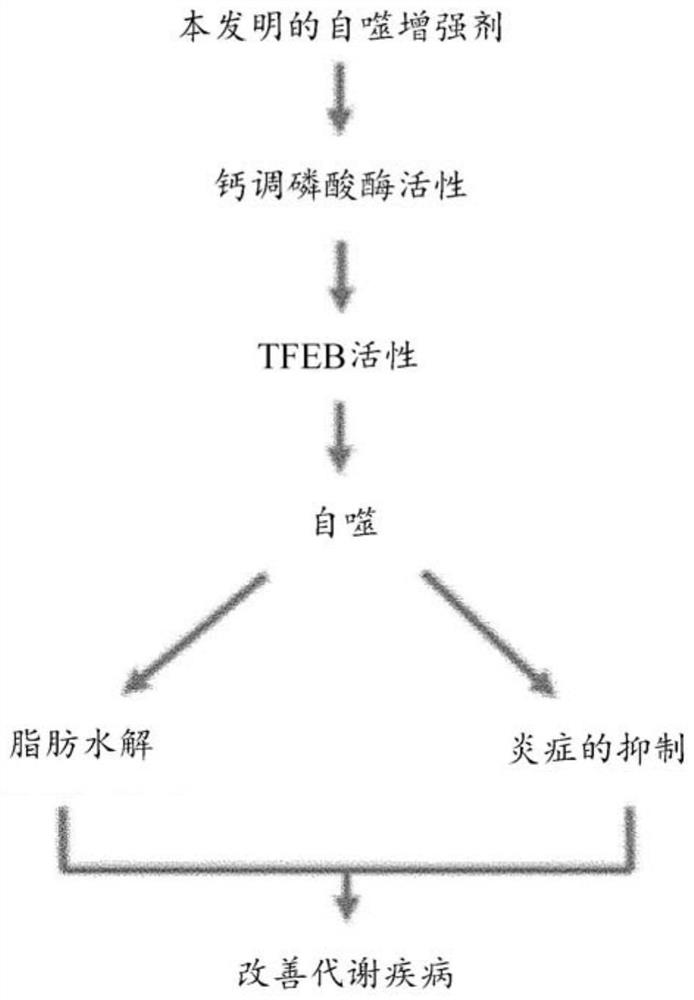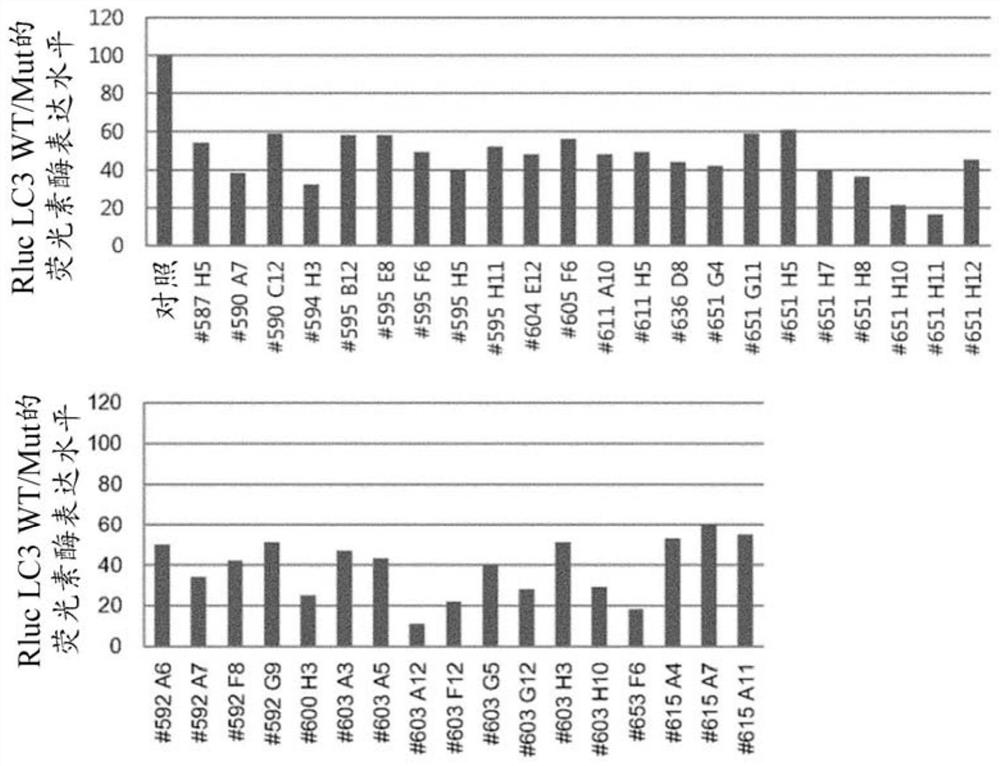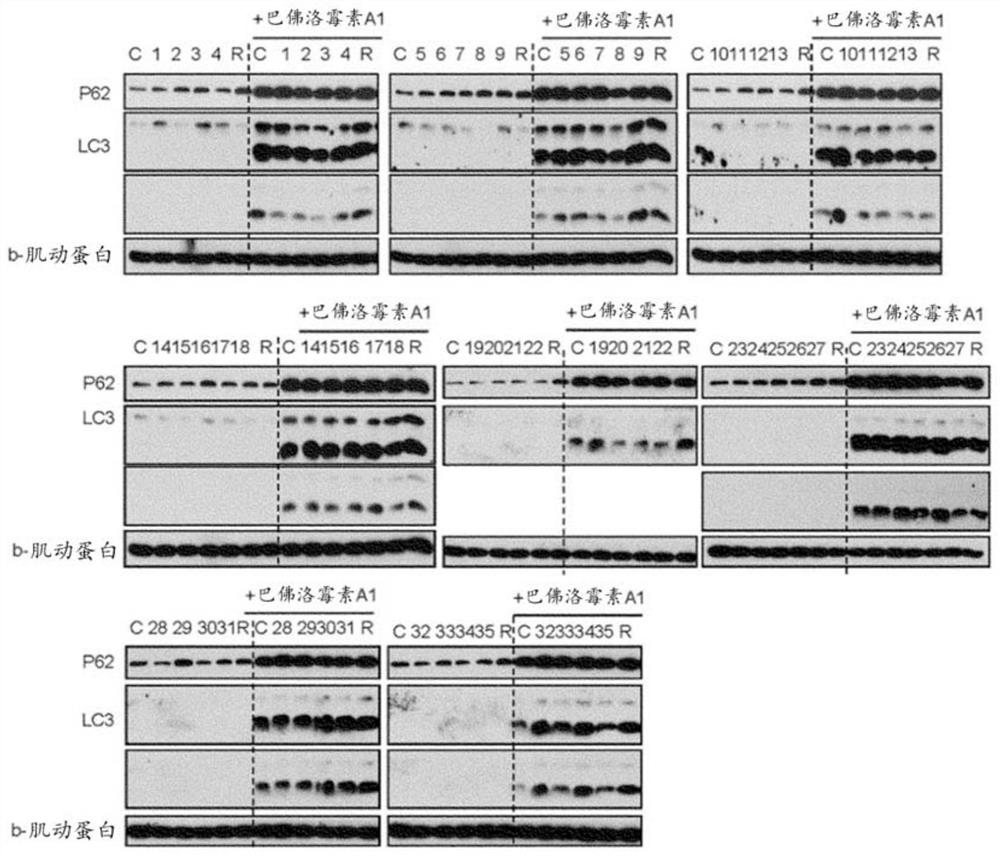Autophagy improvement material and its application
A technology for use and metabolic disorders, applied in the treatment of autophagy-related diseases, can solve problems such as reducing insulin secretion, reducing islet cells, aggravating diabetes, etc., to reduce possible side effects and enhance autophagic activity.
- Summary
- Abstract
- Description
- Claims
- Application Information
AI Technical Summary
Problems solved by technology
Method used
Image
Examples
experiment example
[0104] Materials and methods
[0105] Screening for autophagy enhancers. HEK293 cells in a 10cm culture dish were transfected with 5ug of pRLuc(C124A)-LC3(wt) or pRLuc(C124A)-LC3(G120A) plasmid (Faskas, Identification of novelautophagy regulators by a luciferase-based assay) with 10ul liposomes for the kinetics of autophagic flux. Autophagy 5:1018-1025, 2009). Stable transfectants were selected by culturing in the presence of 400 μg / ml G418 and clones with a wild / mutant normalized luciferase ratio <0.7 following 125 nM pamycin treatment for 6 h were isolated for library screening.
[0106] Luciferase assay. Firefly and Renilla luciferase assays were performed using the Dual Luciferase Reporter Assay System (Promega) according to the manufacturer's recommendations. Briefly, cells were lysed in 1x lysis buffer and subjected to a single round of freeze / thaw. Firefly luciferase was assayed after mixing 5 μL of lysate with 25 μL of Luciferase Assay Reagent II. Renilla lucifera...
Embodiment 1
[0126] Example 1. Synthesis of MSL Compounds of Formula 1.
[0127] The compound of formula 1 was purchased from Chembridge (Cas No. 831243-88-0).
Embodiment 2
[0128] Example 2. Preparation of 2-(2-chlorophenyl)-5-methoxy-4-(phenylsulfonyl)oxazole (compound of formula 2: MSL-7)
PUM
 Login to View More
Login to View More Abstract
Description
Claims
Application Information
 Login to View More
Login to View More - R&D
- Intellectual Property
- Life Sciences
- Materials
- Tech Scout
- Unparalleled Data Quality
- Higher Quality Content
- 60% Fewer Hallucinations
Browse by: Latest US Patents, China's latest patents, Technical Efficacy Thesaurus, Application Domain, Technology Topic, Popular Technical Reports.
© 2025 PatSnap. All rights reserved.Legal|Privacy policy|Modern Slavery Act Transparency Statement|Sitemap|About US| Contact US: help@patsnap.com



